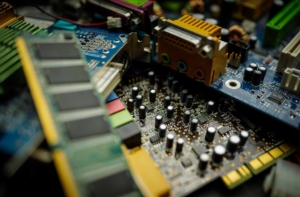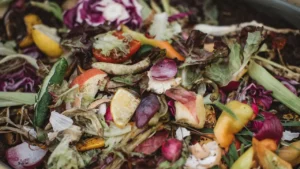7 Ways To Get Rid Of Trash
Waste and trash bags are sometimes illegally dumped into rivers and canals or used to fill land depressions without proper consultation. In the long run, these practices cause a variety of issues.
These can range from soil degradation to toxic chemical leaching into underground water sources.
As a result, proper waste disposal methods and junk removal should be used to avoid such scenarios.
Knowing how to get rid of Trash properly is crucial if we want to protect the environment and the health of our communities.
Additionally, it’s essential for your money because paying a fee for inappropriate waste junk removal companies’ disposal is common.
Trash management or recycling center has traditionally been the straightforward dumping of waste in landfills or other designated sites, which has had long-lasting harmful effects on the ecosystem.
But now, rubbish removals in Sydney expediently dispose of the trash.
Avoiding the production of waste in the first place is the most efficient way to reduce it. Get used. At specialized reuse facilities and consignment stores, you can find anything from clothing to construction supplies.
Used items are less expensive and often just as good as new ones. Pick products made from recycled materials.
Select reusable or refillable over disposable items. Choose items with less packaging. Bring your reusable bags to the store: compost food scraps and yard waste.
One requirement for living a healthy and happy life is keeping your surroundings clean!
Let’s dive into how to get rid of Trash easily
How to get rid Of the Trash?
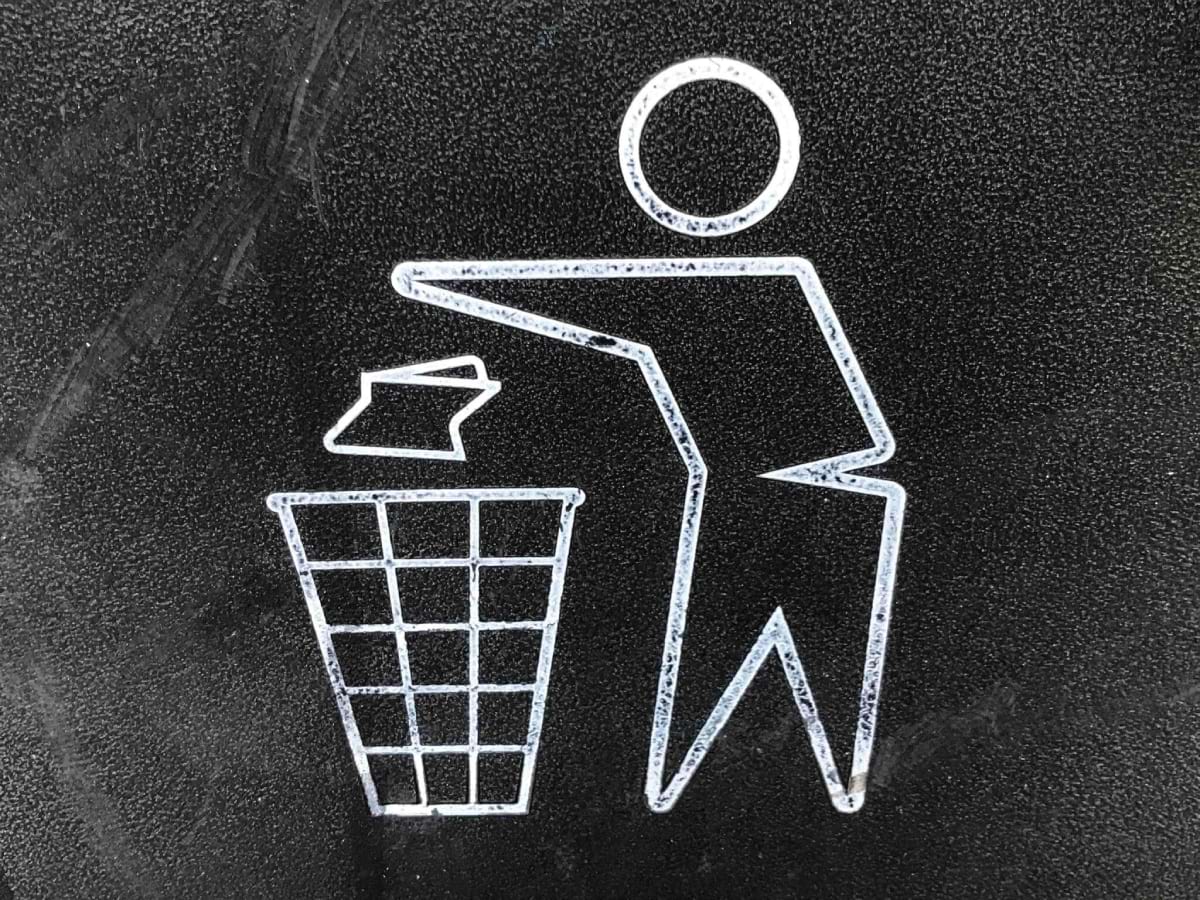
Trash disposal refers to the removal, disposal, recycling, or destruction of undesired materials, also referred to as waste, industrial, domestic, or agricultural goods produced.
Less pollution and environmental risks will result from using the proper disposal techniques for garbage.
The correct collection of trash and scientific treatments that may reduce air, water, and soil contamination are all vital steps inadequate waste management.
Waste management is an important concept related to waste disposal, and both are essential for keeping the environment clean. Consequently, a waste management system should be included in trash disposal.
The seven ‘Rs’ of garbage management are refuse, repurpose, reduce, reuse, rot, recycle, and rethink.
Following these trash disposal processes will make it much easier to live hygienically and healthily.
Not just for us but also for future generations, it is essential. Additionally, it protects individuals who mismanage trash, such as those who work in landfills and other similar occupations.
It could all result from blood infections, lung issues, growth issues, skin irritations, etc. As a result, trash disposal shouldn’t rely on it.
In general, trash should go through heat treatment or material recycling. If this is not feasible due to technical constraints or is not economically viable, the trash is correctly treated before being dumped in a landfill.
While traveling through a highway, we noticed piles of trash lying alongside the route. The most typical technique of waste disposal is open dumping.
So, How best can we get rid of the trash properly and reduce waste?
Let’s explore the numerous garbage disposal techniques of waste:
Landfills
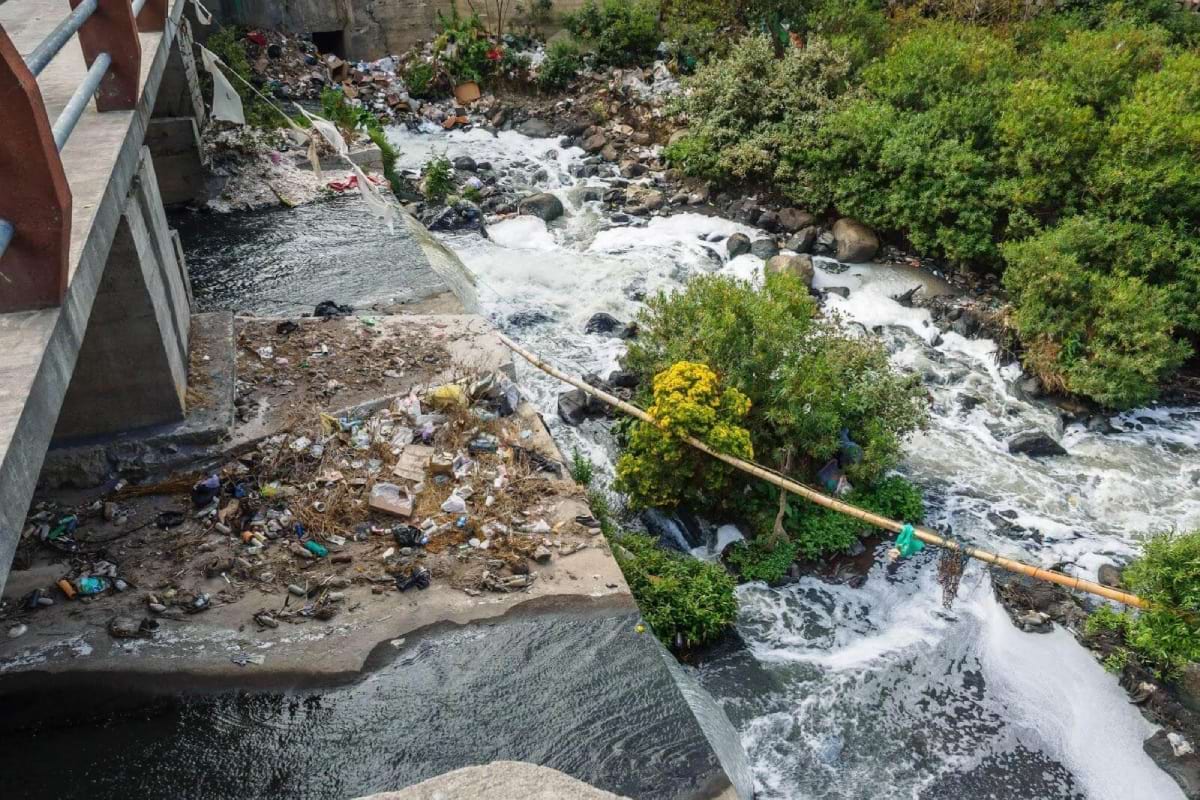
Trash that cannot be recycled or thermally treated is disposed of in landfills or local landfill that adhere to regulatory regulations, together with waste that has been incinerated. Trash must be pre-treated if it meets the requirements for landfilling.
So, the trash that cannot be recycled or reused is filtered out during this phase and then distributed as a thin layer in low-lying areas across a metropolis.
Each layer of trash is followed by a layer of soil. However, once this procedure is completed, the region will be deemed unsuitable for building construction for the next 20 years. Instead, It is only permitted to be utilized as a playground or recreation.
Composting

One of the trash disposal methods that begins in our kitchen is composting. It handles all organic materials, such as food scraps, garden waste, and fruit and vegetable scraps.
When these substances are buried and left in the soil for a few days, bacteria, fungi, and other microorganisms decompose them. As a result, decomposition occurs, and a humus-like substance known as compost is formed.
It is incredibly beneficial to use as manure or fertilizer because it is nutrient-rich and can replenish the soil, allowing crops or plants to grow. It is also known to improve soil water retention and is the best alternative to harmful chemical fertilizers.
Incineration

It is the process of burning waste under controlled conditions to turn it into incombustible materials like ash and waste gas.
The exhaust fumes from this process are treated before being released into the environment since they could be hazardous. This approach is one of the most hygienic ways to dispose of waste because it minimizes the volume of waste by 90%.
Occasionally, the heat produced is used to create power. However, because this process produces greenhouse gases like carbon dioxide and carbon monoxide, some believe it is not entirely environmentally beneficial.
Companies specializing in waste disposal process the waste following the needs of the incinerator. This lowers the chance of an accident and ensures that the fuel will be of the highest quality.
For instance, businesses ensure that mixing liquids doesn’t result in unfavorable reactions. Crushed waste materials with constant calorific values must be used as substitute fuels in cement factories beforehand.
Recycling
Includes both material recycling, which is the recovery of raw materials from trash, and direct reuse of worn products (such as used clothing and functional pieces taken out of used cars)
(e.g., the production of new glass from fragments, melting scrap iron, and displaying recycled building materials from construction waste). Downcycling is the process of turning garbage into resources that are less valuable than the original resource.
Recycling is the first and most obvious method. However, you must obtain the appropriate containers for each type of waste you intend to recycle: plastic, paper, glass, metal, batteries and light bulbs, electronics, compost, and so on.
Although approximately 75% of all waste is recyclable, uptake is deficient. This is because most people are not aware of the types of materials that can be recycled or how to do so correctly.
Biogas Generation

Food waste, animal waste, and organic industrial waste from food packaging industries are all sent to bio-degradation plants.
They are converted to biogas in bio-degradation plants through degradation with the help of bacteria, fungi, or other microbes.
The microbes in this environment consume organic matter. Degradation can occur aerobically (with oxygen) or anaerobically (without oxygen) (without oxygen). This technique generates biogas, which itself is usable as fuel, and the surplus material is turned to form manure.
Food products, animal waste, industrial trash, fruit and vegetable peels, and organic industrial wastes are all examples of biodegradable waste, meaning bacteria or other creatures may break them down.
Both small-scale and large-scale biogas production using these wastes is possible, and bacteria, fungi, and other microbes quickly break down the materials. Microorganisms eat the organic, biodegradable material that must be broken down or degraded.
Both anaerobic or without oxygen and aerobic or with oxygen methods of producing biogas are possible. The process produces biogas, which is used as a fuel, and the waste is applied to farms and plants.
Methane and carbon dioxide makes up the majority of the gases that make up biogas. This approach to trash disposal is advantageous.
Vermicomposting

It is the process of converting organic matter into nutrient-rich manure using worms. Worms eat and digest organic matter.
The by-products of digestion excreted by the worms enrich the soil with nutrients, promoting the growth of bacteria and fungi. It’s also a lot more efficient than traditional composting.
Vermicomposting is considered a clean, sustainable, and waste-free method of managing organic waste. However, there are still several barriers to its widespread adoption. The practical use of vermicomposting requires greater attention than additional research in the sector.
To successfully and globally address the issue of waste disposal, large-scale vermicomposting is necessary. One of the main obstacles is the need for more awareness and sufficient understanding of vermicomposting and its usage.
Waste Compaction
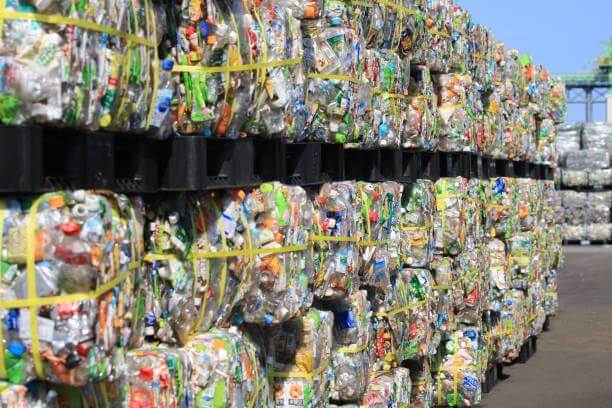
Cans and plastic bottles that are garbage are compressed into blocks and shipped to be recycled. This method simplifies transportation and positioning by preventing metal oxidation and lowering the demand for airspace.
To adequately compact garbage, it must be broken down into tiny pieces, pushed together to mix, and placed in voids to fill them.
Waste compaction reduces waste’s quantity and size, ultimately leading to less environmental impact.
Recycling is one of the ways to lessen trash and, therefore, can be done with containers, plastic water bottles, glass, paper, metal, textiles, electronics, batteries, tires, and more. Duplicating these trash is facilitated by recycling.
Dangerous Effect of Improper Waste Disposal
According to recent studies, a large portion of the millions of tonnes of waste generated in the United States each year is improperly disposed of.
Unfortunately, it’s been revealed that one of the leading sources of pollution is this practice. It is becoming a growing concern for both the government and environmentalists due to the severe threats it poses to both health and the environment.
Negative effect of not disposing of Trash
Soil, water, or indeed air pollution can arise from both of them having contaminated with hazardous waste owing to improper trash disposal. This harms marine life and wildlife and has a significant greenhouse gas effect.
An inadequate garbage disposal can also be hazardous to people’s health, as it has been linked to numerous infections.
When water is contaminated, for example, its chemical composition changes with foreign substances like dangerous germs, hazardous chemicals, or medical waste, rendering it unsafe to use. Contaminated water is a significant contributor to the spread of diseases like leptospirosis, dysentery, and cholera.
Get rid of Trash easily: Hire Checksammy
Hiring a junk removal company is ideal if you’re throwing out one or two big-ticket items, like a kitchen appliance or a dining room set, and need a little extra help to do it.
And That’s why checksammy, as a junk removal company, is here to help you with hazardous waste, ease the stress, save our planet and learn how to get rid of Trash.

Here at checksammy, we specialize in removing all types of waste junk removalwhen neither a small activity nor a large one is beyond our ability to maintain. Remember, we also transport and process your waste without additional or hidden fees.
Benefit from our top-rated and professional services with little or no hassle. Whether you have a specific set of items, medical waste, E-waste, or just general Trash, our services facilitate safe, efficient, and professional waste removal commercially or residentially.
I bet you want to know more about our best services!
This is what makes us different
These junk removal services play an essential role in our lives because they aim to clean the environment, have recycling facilities and control the general population safely. To remove your waste, go to www.checksammy.com and book online, or call us at 1-866-840-8224 to set up an appointment.
See Our Services
Create a custom solution to meet your waste and sustainability goals. Contact us today!
Continue reading
Dive deeper into the CheckSammy Blog by reading one of our posts below
Feeling the Pain of Higher Resident Turnover? Apartment Junk Removal Can Help
If you’re a property manager, you’ve probably had a significant increase in tenant turnover over the last couple of years. So it’s no wonder apartment junk removal may be top of mind for you right now. There are several reasons for this shift. For one, the housing market is on fire right now. In 2020 […]
Read MoreSetting Up a Community E-waste Recycling Program
E-waste is the fastest-growing municipal waste stream according to the EPA, yet e-waste recycling isn’t keeping pace. In fact, only 12.5% of all e-waste is recycled, reports the EPA. Starting a community e-waste recycling program is a terrific way to ensure hazardous e-waste, like lithium-ion batteries, doesn’t end up in your community’s landfill. Creating an […]
Read MoreWaste Management’s Role in the Circular Economy
Establishing a waste management program for your business or community is one of the best ways you can contribute to the circular economy. Here’s everything you need to know about waste management’s role in the circular economy (and how to get involved). What Is the Circular Economy? Our current economic model is all about taking […]
Read More5 Reasons to Consider a Textile Recycling Program for Your Organization
Americans sent more than 17 million tons of textiles to landfills in 2018, a volume that is only increasing every year, reports the Environmental Protection Agency. When you think about the fact that it can take over 200 years for textiles to decompose, it’s easy to grasp how large textile waste’s contribution is to the […]
Read More8 Benefits of Environmentally Friendly Power Washing Services
If you’re into maintaining the curb appeal of your business or home, then you’ve probably heard of pressure washing. Pressure cleaning involves using high-pressure water spray to remove grime, mold, dust, paint, mud, and other junk from objects or surfaces. Many people worry that pressure washing isn’t good for the environment, but this couldn’t be […]
Read MoreWhy Our Customers Love Our Full-Service Junk Removal
If you’re looking for full-service junk removal services, you’ve come to the right place. CheckSammy is a one-stop shop for all your junk removal and sustainability needs. From our affordability, simplicity, and unrivaled turnaround times to our innovative sustainability solutions and patented technology and data, it’s clear why some of North America’s biggest companies choose […]
Read MoreTips for a Stress-Free Move From An Eco-Friendly Junk Removal Company
What does an eco-friendly junk removal company know about moving? Quite a lot, actually. Moving can be an especially chaotic time. You have to pack everything up, get rid of unwanted items, clean your property, load everything up, and move your things to your new location. That doesn’t even include the unpacking and resettling period. […]
Read MoreCollege Junk Removal Tips for Student Move-In Day
As the new school year gears up, colleges across the country are looking for ways to clean up their campuses before the new year begins, and many of them want to do so sustainably. College junk removal isn’t easy, though, especially around move-in week—and when trying to do so sustainably. As students move in and […]
Read More8 Items Hospitality Businesses May Not Know They Can Recycle
One hotel guest produces 2.5 pounds of trash every single day. Just a single hotel room produces around one cubic yard of waste each month, which totals 200 gallons of waste per room every month. Most of this waste goes straight to the landfill, even though research shows that up to 60% of it is […]
Read More
